1. Jinghai Quan Tu (The Complete Map of Pacifying the Seas)
An anonymous Qing Dynasty scroll painting created during the Jiaqing era (1796–1820), Jinghai Quan Tu documents the Qing government’s suppression of Guangdong pirates led by the notorious Cheung Po Tsai (张保仔) and Zheng Yisao (郑一嫂) in the early 19th century. Measuring 45.6 cm × 18 meters on silk, the scroll comprises 20 scenes that chronologically depict the campaign, from Strategic Planning for Coastal Defense (海防定策) to Foreign Tributes by Land and Sea (梯航入贡).
Key highlights include:
- Military Campaigns: Scenes such as Surrender of Pirates at Pinghai (平海受降) and Naval Training (训练水师) showcase the Qing navy’s tactics under Governor-General Bailing (百龄), who enforced coastal blockades, trained troops, and destroyed pirate strongholds like Lantau Island (大屿山).
- Symbolism and Propaganda: The scroll glorifies imperial authority, portraying pirates kneeling in submission and foreign envoys paying tribute. Notable figures include Cheung Po Tsai, depicted in his Qing naval uniform after surrendering in 1810.
- Artistic and Historical Value: Meticulous details like weaponry, ship formations, and village revitalization post-conflict reflect mid-Qing court painting traditions. The inclusion of Western firearms hints at early Sino-European military interactions.
Provenance: Likely looted during the 1900 Boxer Rebellion, the scroll circulated among British and French collectors before being repatriated in 2008 and housed at the Hong Kong Maritime Museum.
2. Jinghai Fenji (Records of Pacifying the Seas)
Compiled by Yuan Yonglun (袁永纶) in 1830, this two-volume text supplements Jinghai Quan Tu with firsthand accounts of pirate suppression.
Key aspects include:
- Historical Documentation: Details strategies against pirates like Cheung Po Tsai and Zheng Yisao, emphasizing the Qing’s use of naval blockades, diplomacy, and collaboration with Western powers (e.g., Portugal).
- Ethnographic Insights: Describes the Tanka boat-dwelling communities (疍家) and socio-economic impacts of piracy on coastal Guangdong.
- Cross-Validation: Aligns with the scroll’s narrative, such as the pivotal Battle of Lantau Island and Cheung’s surrender.
Legacy: Translated into English in 1837, Jinghai Fenji became a key source for Western scholars studying Chinese piracy.
3. Historical Figures
- Cheung Po Tsai (张保仔): A former fisherman turned pirate leader, Cheung dominated the South China Sea with 800 ships and 10,000 men before surrendering in 1810. He later served the Qing navy, hunting residual pirates until his death in 1822.
- Zheng Yisao (郑一嫂): The widow of pirate leader Zheng Yi, she commanded the Red Flag Fleet and negotiated Cheung’s surrender. Her strategic acumen reshaped Qing naval policies.
4. Cultural and Scholarly Significance
- Art as Historical Record: The scroll exemplifies Qing imperial propaganda, blending artistry with political messaging.
- Critique of Qing Policies: Scholars note the scroll’s omission of piracy’s root causes—economic hardship from the Qing’s maritime restrictions—highlighting systemic flaws.
- Modern Relevance: Both works offer insights into maritime history, colonial-era looted art repatriation, and cross-cultural military history.
Current Access:
- Jinghai Quan Tu: Displayed at the Hong Kong Maritime Museum.
- Jinghai Fenji: Digitized copies available via the French National Library and British Museum.
For further details, consult the original texts at the cited institutions or academic analyses in The Journal of Maritime History

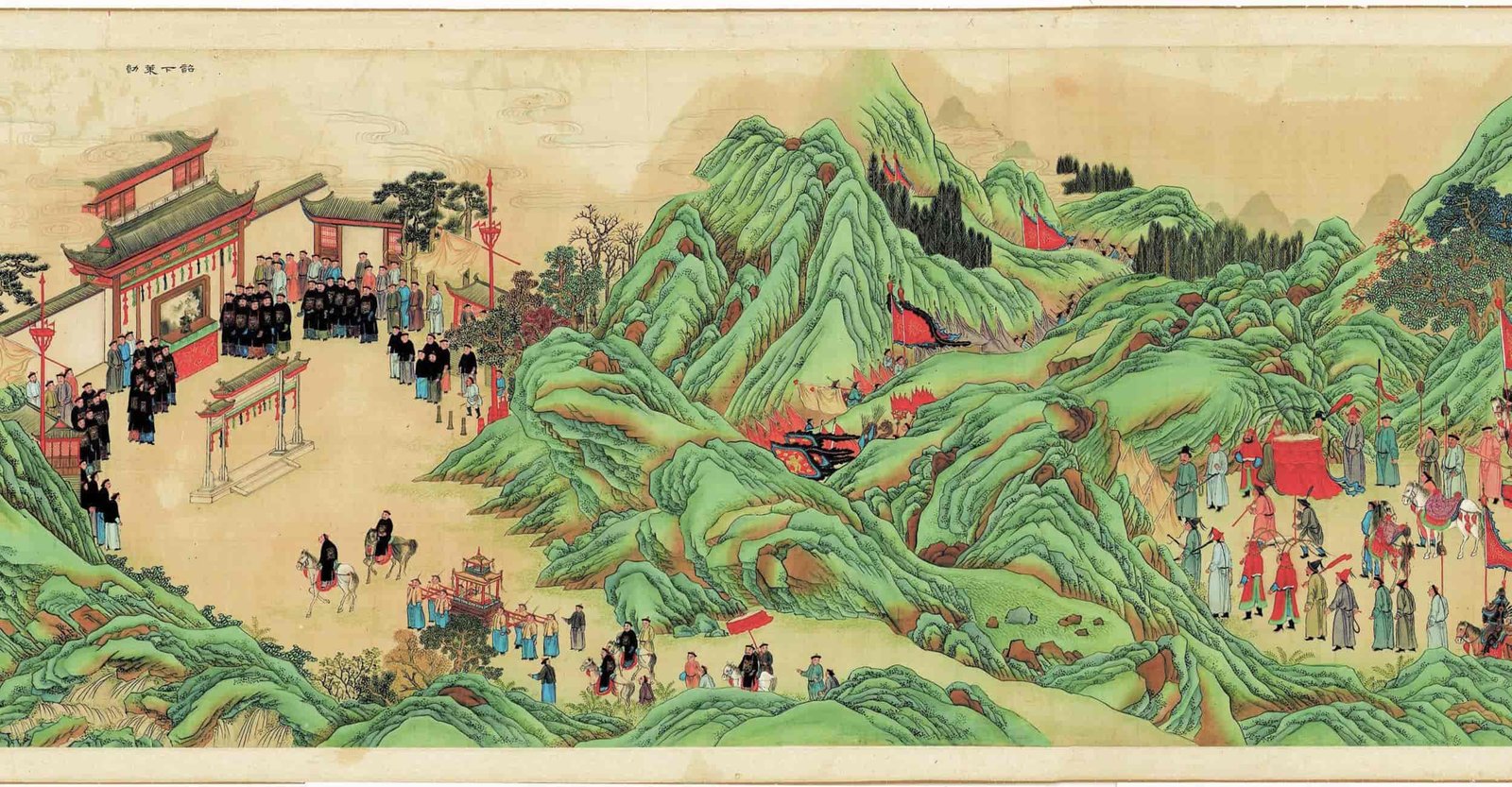
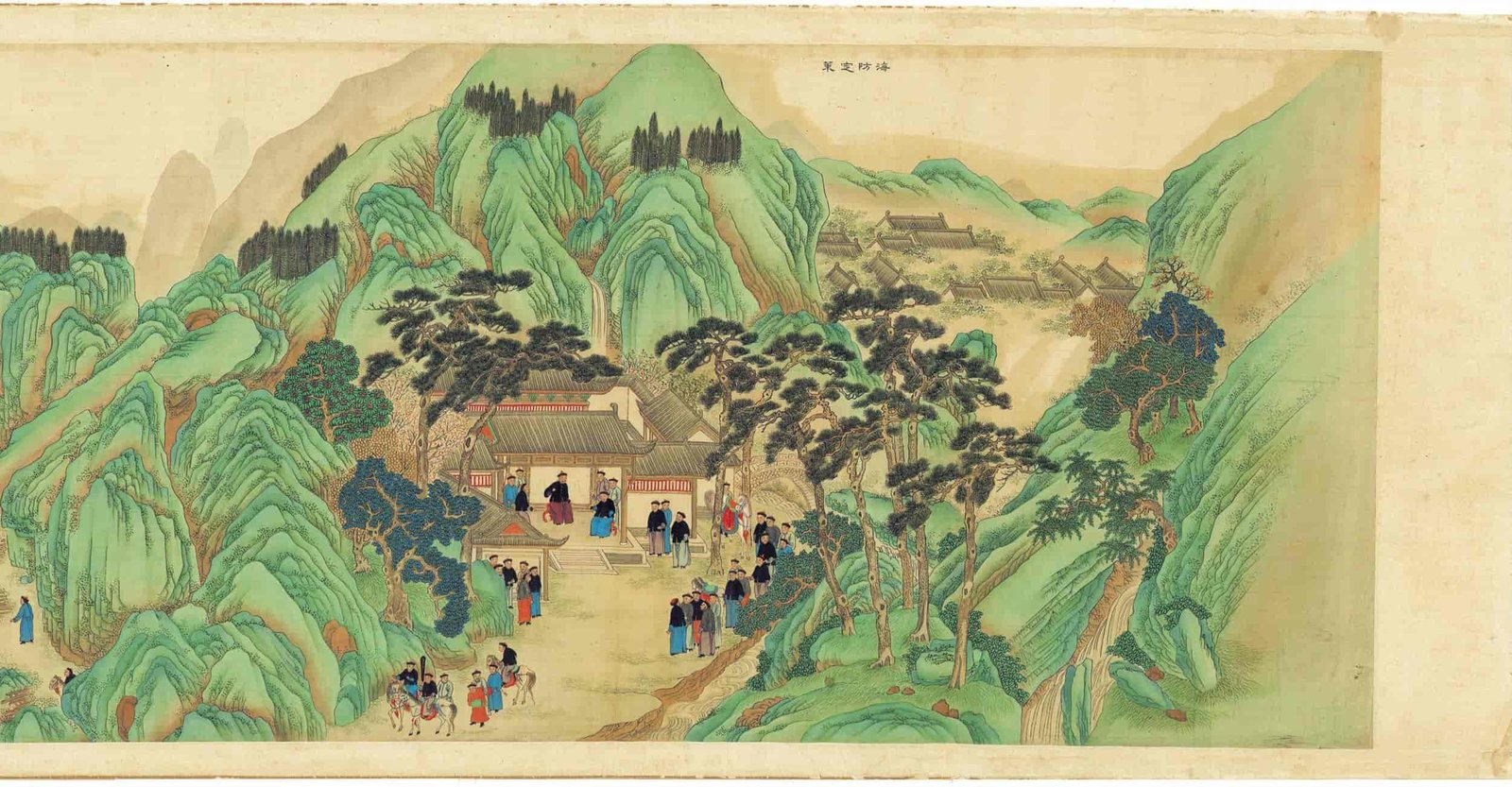
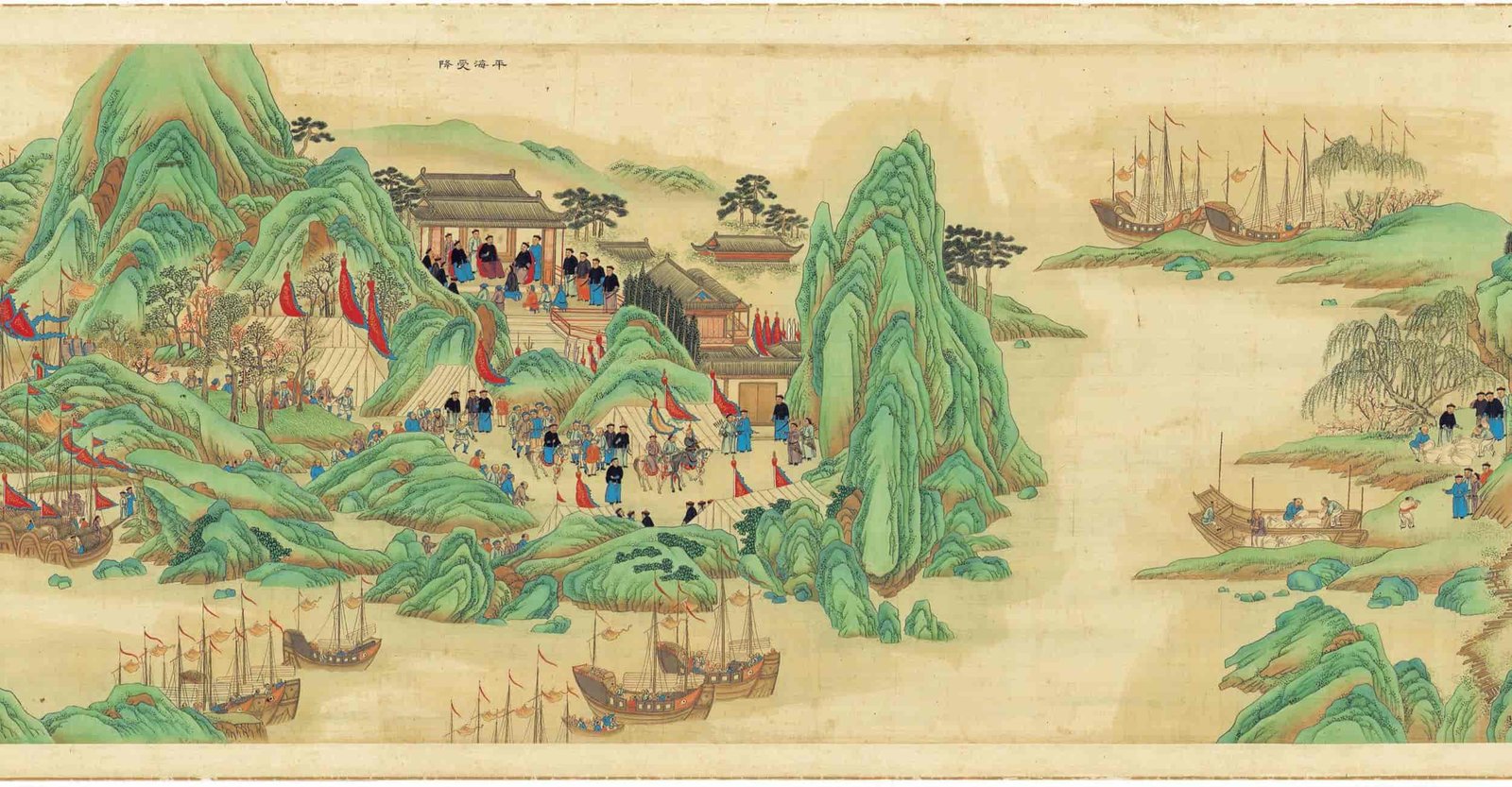
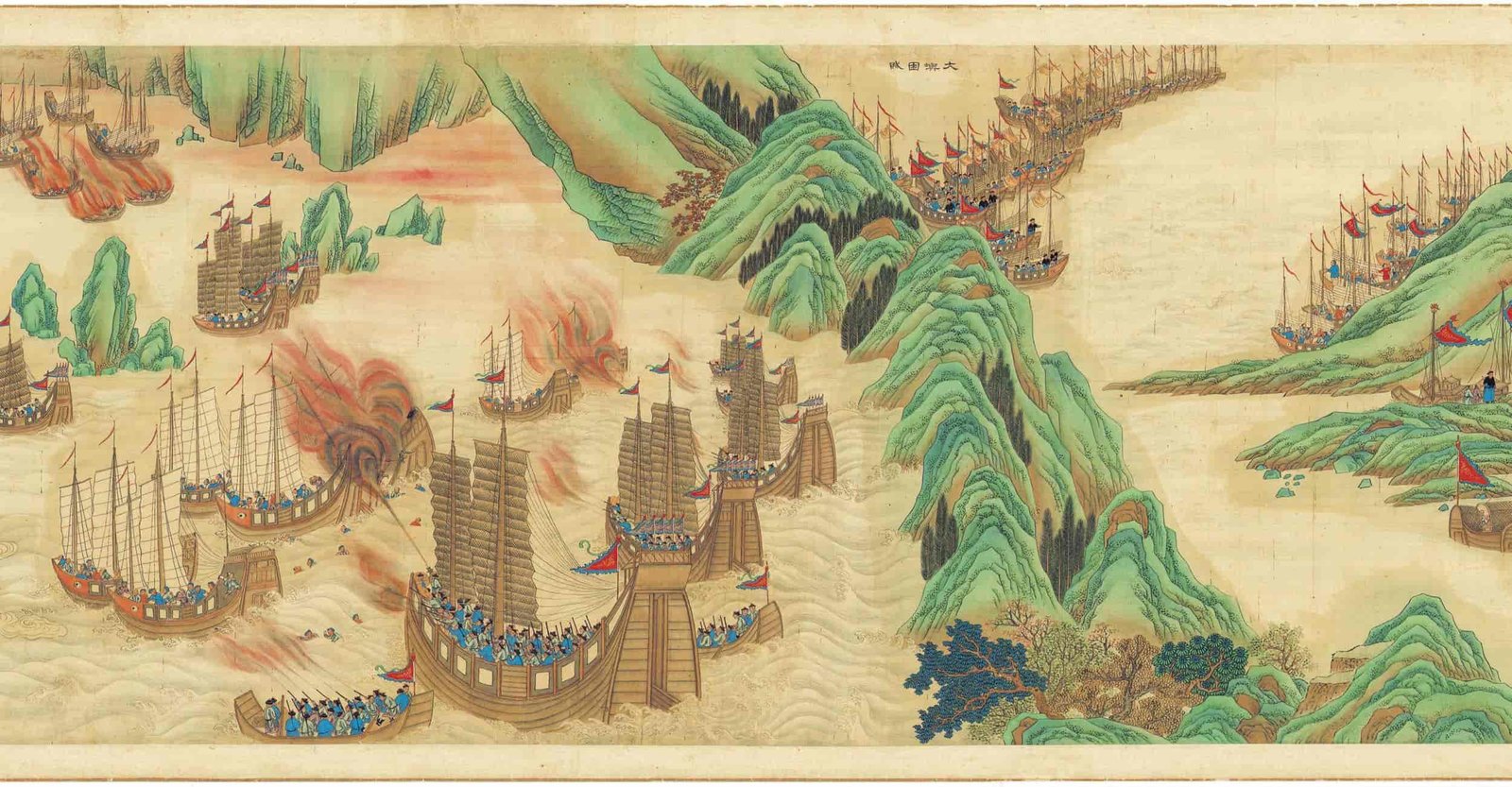
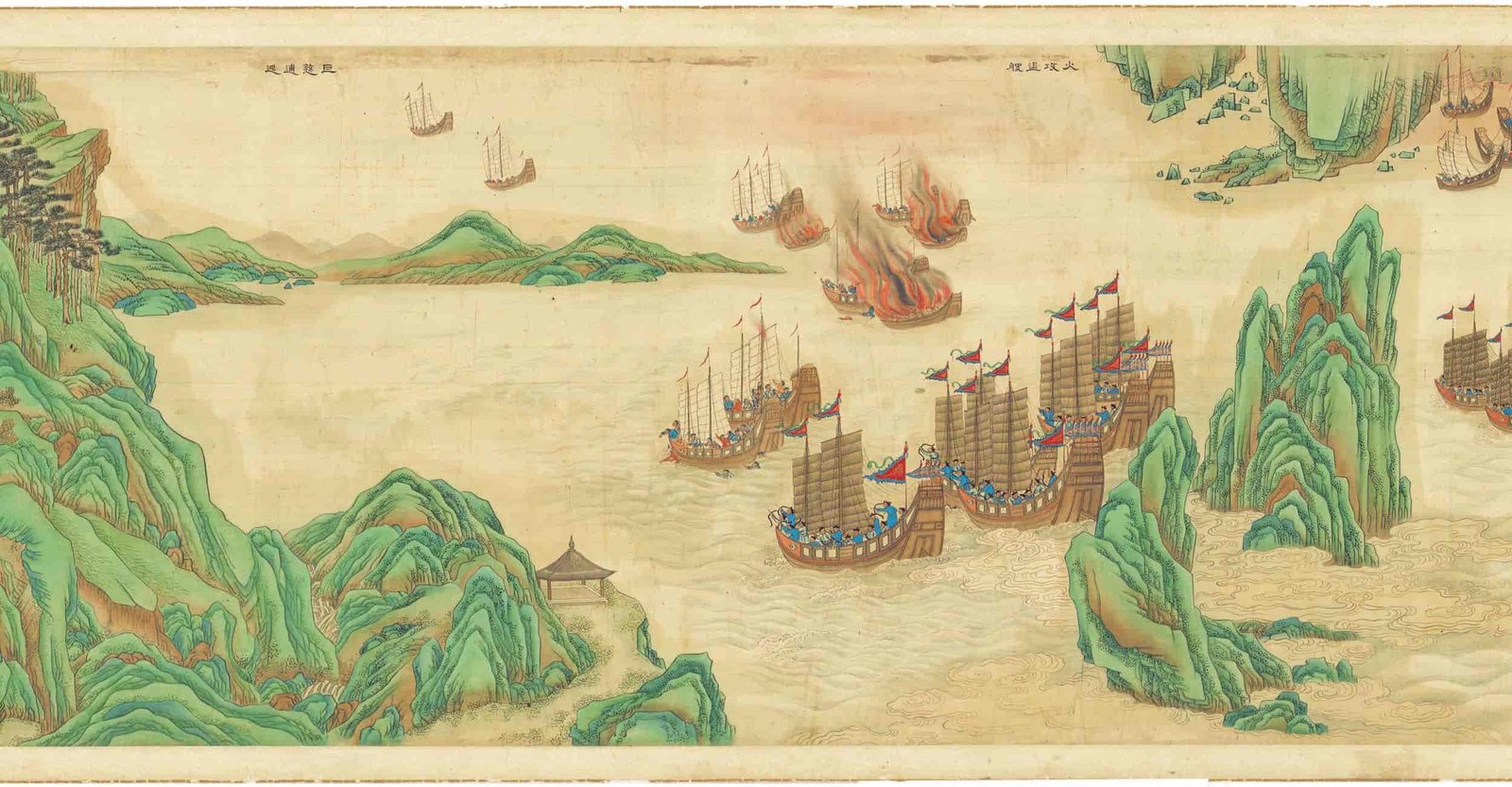
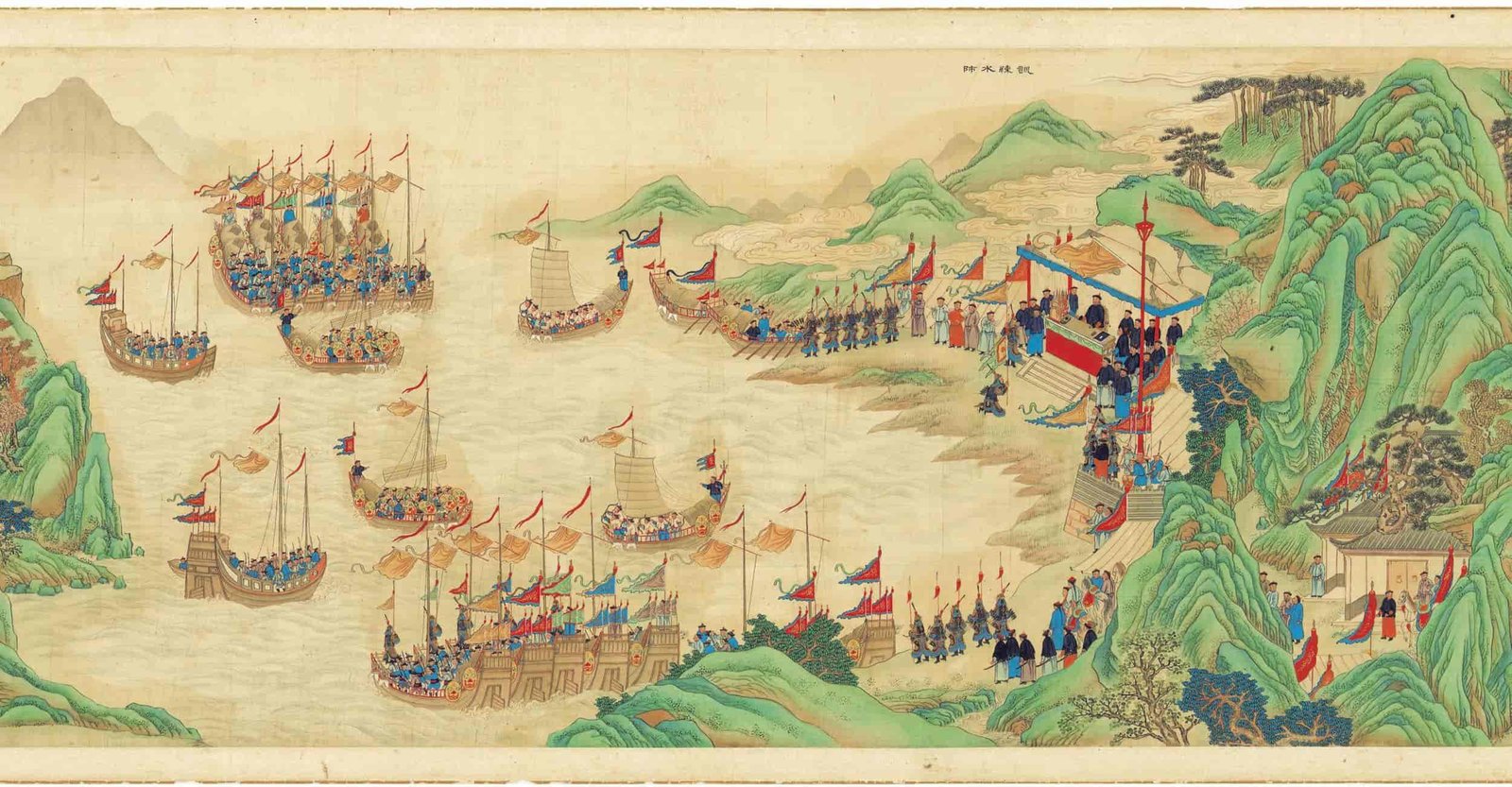
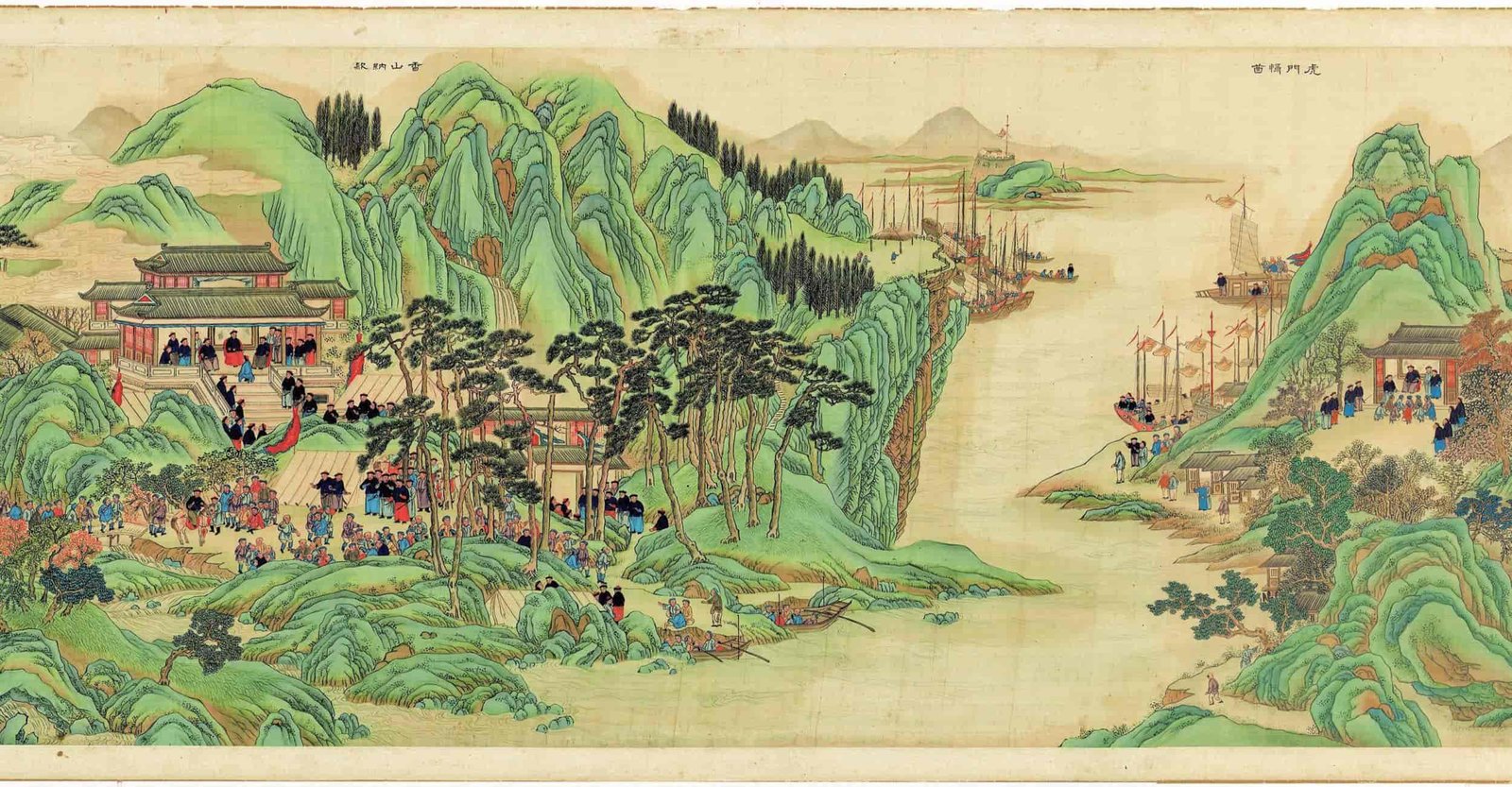
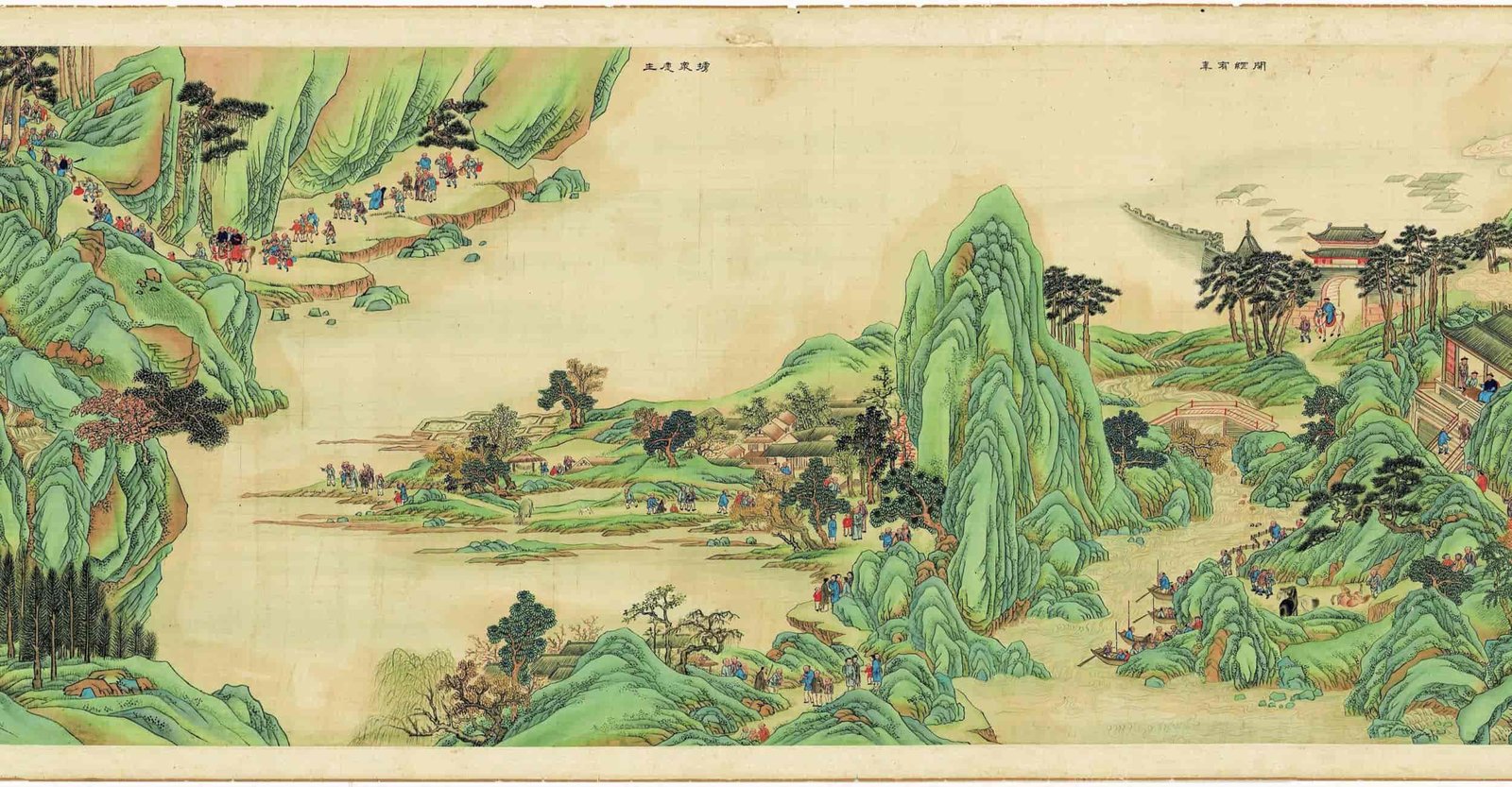
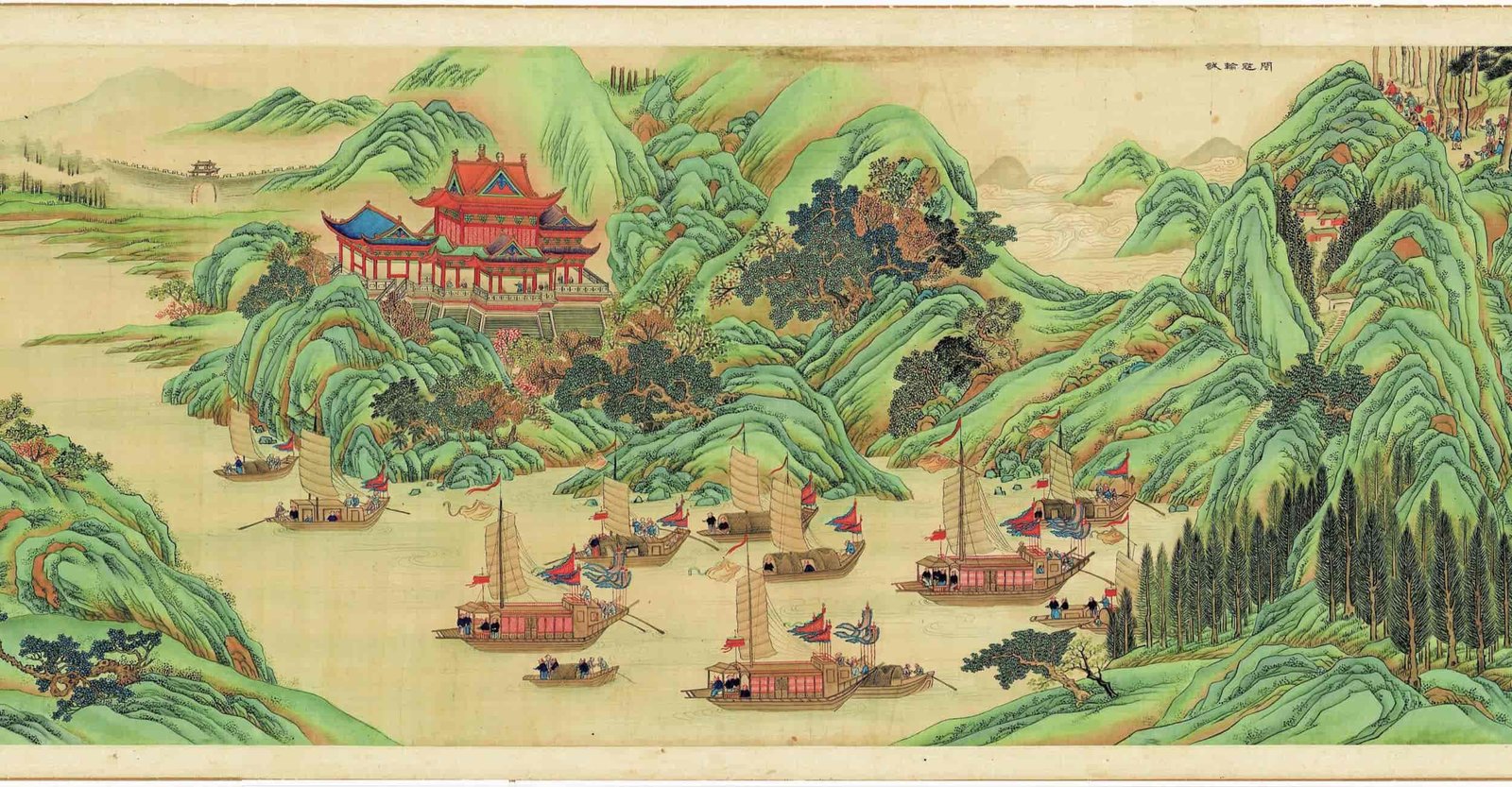
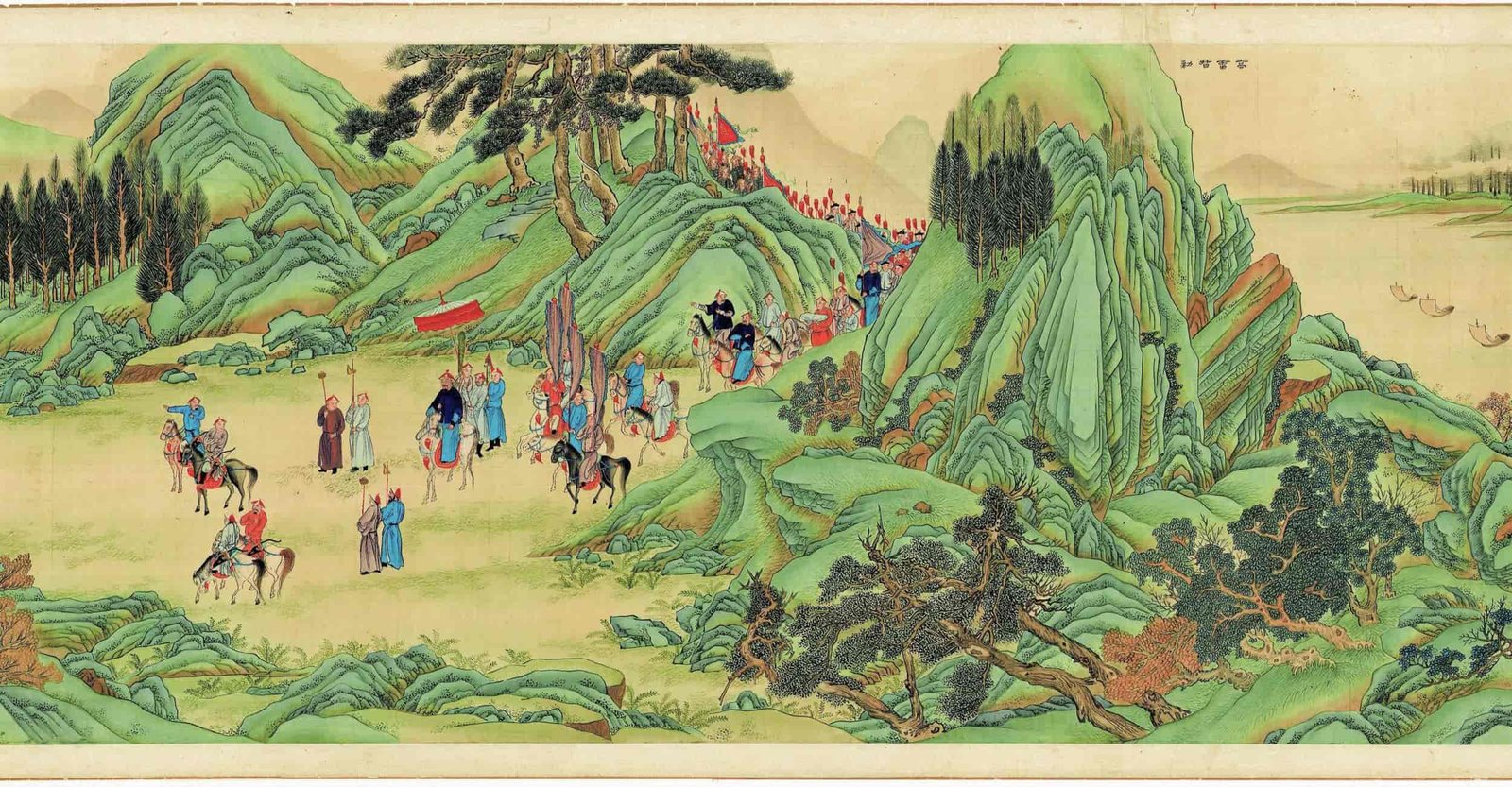
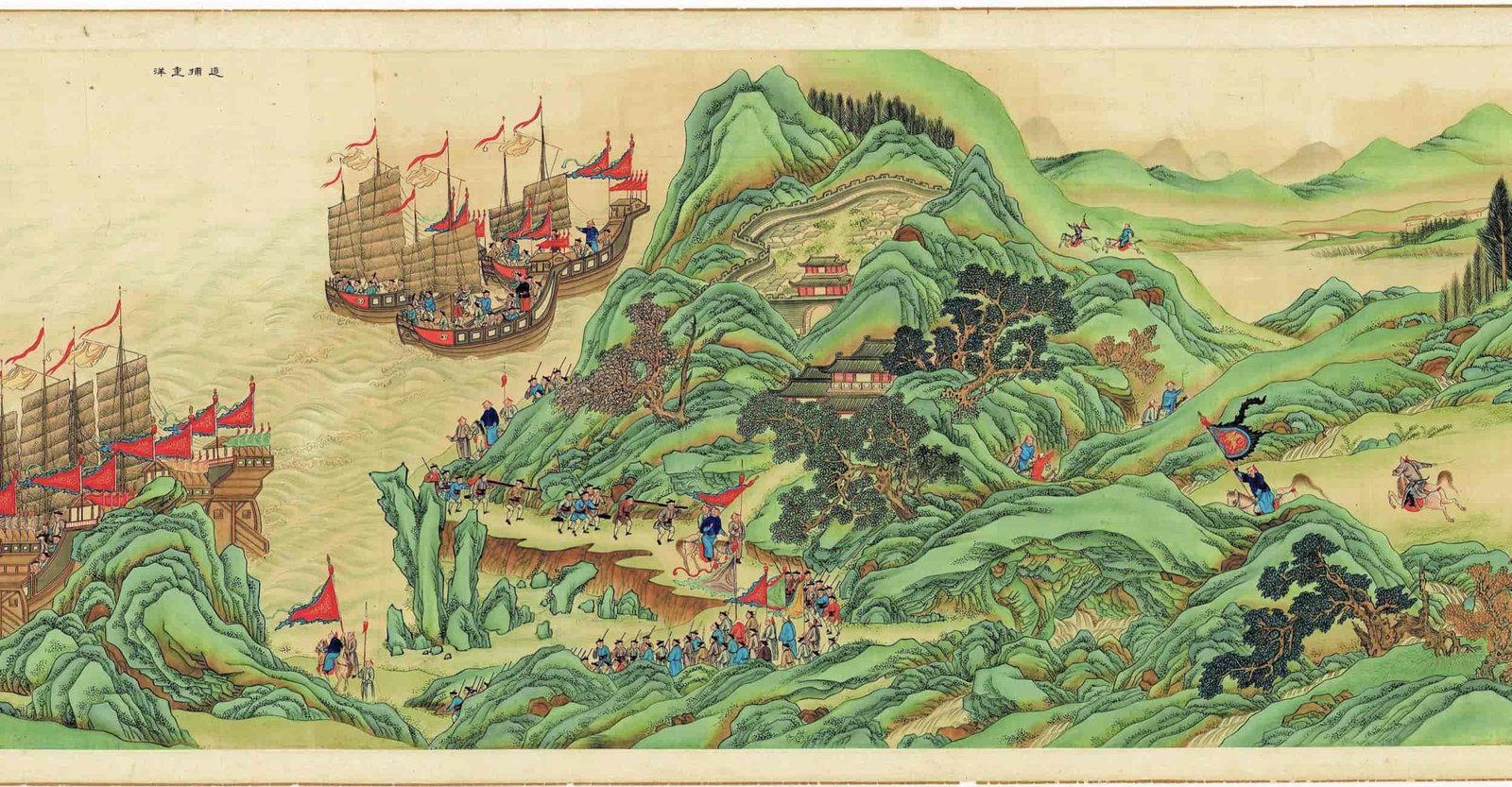
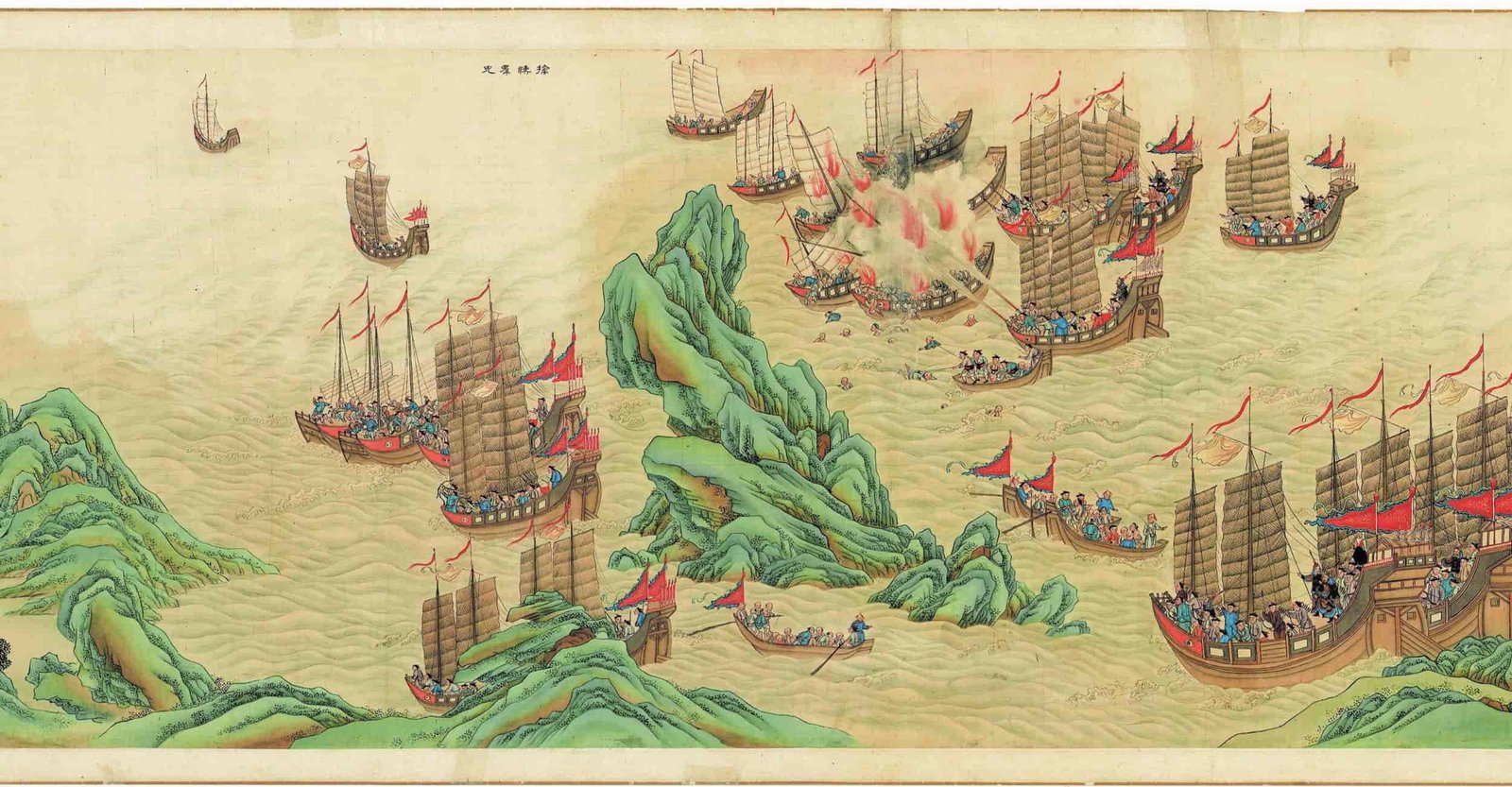
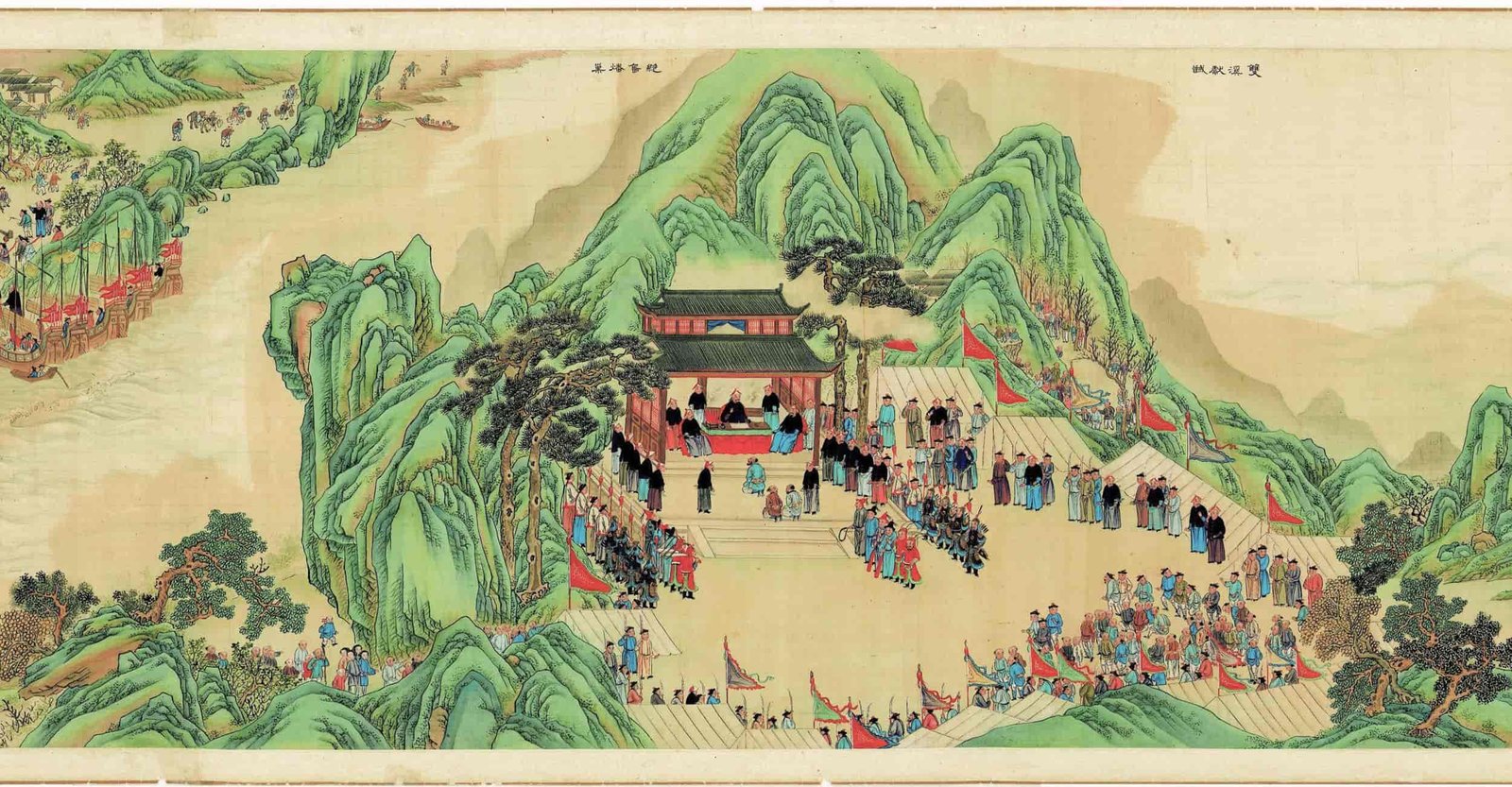
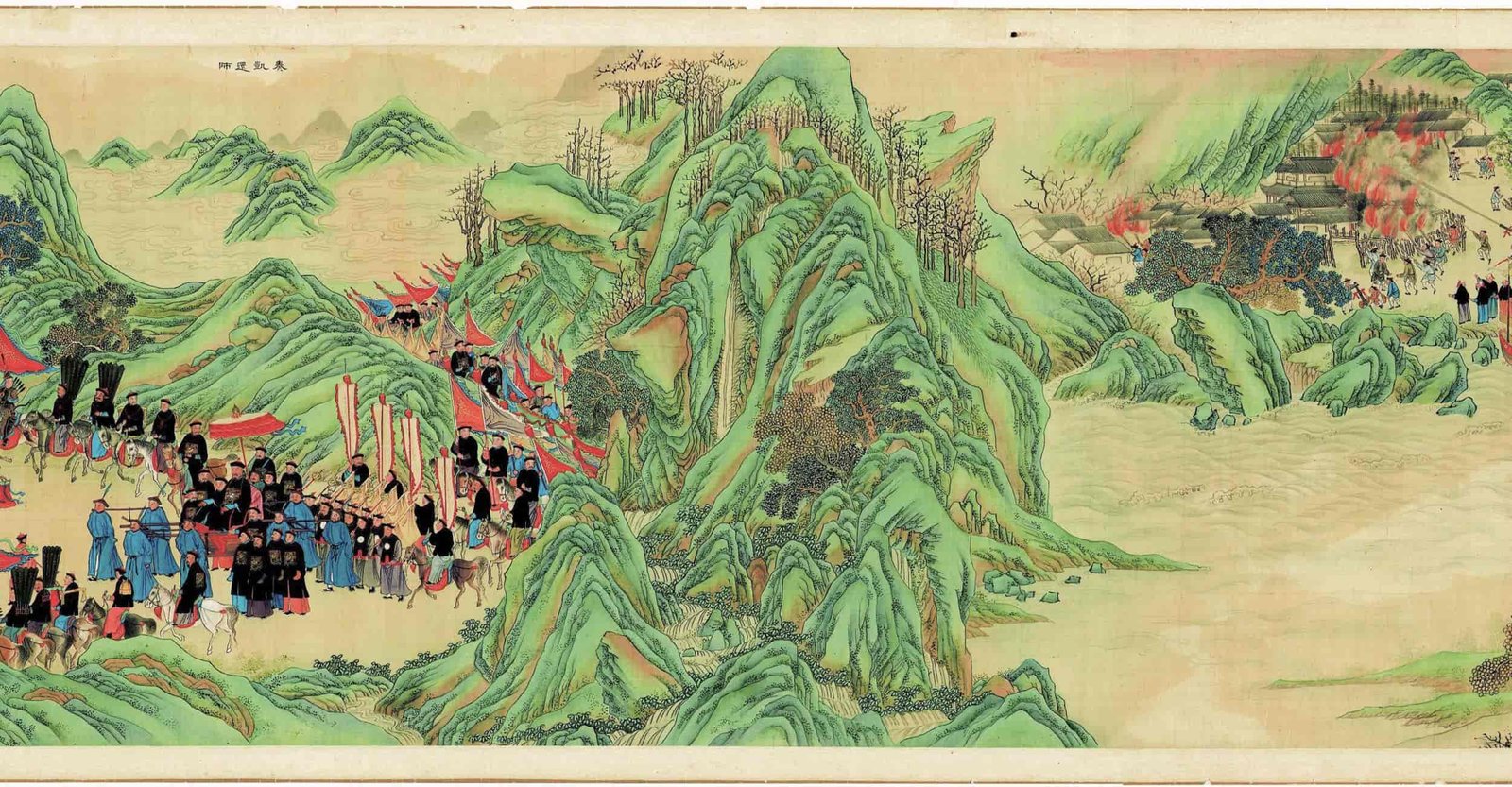
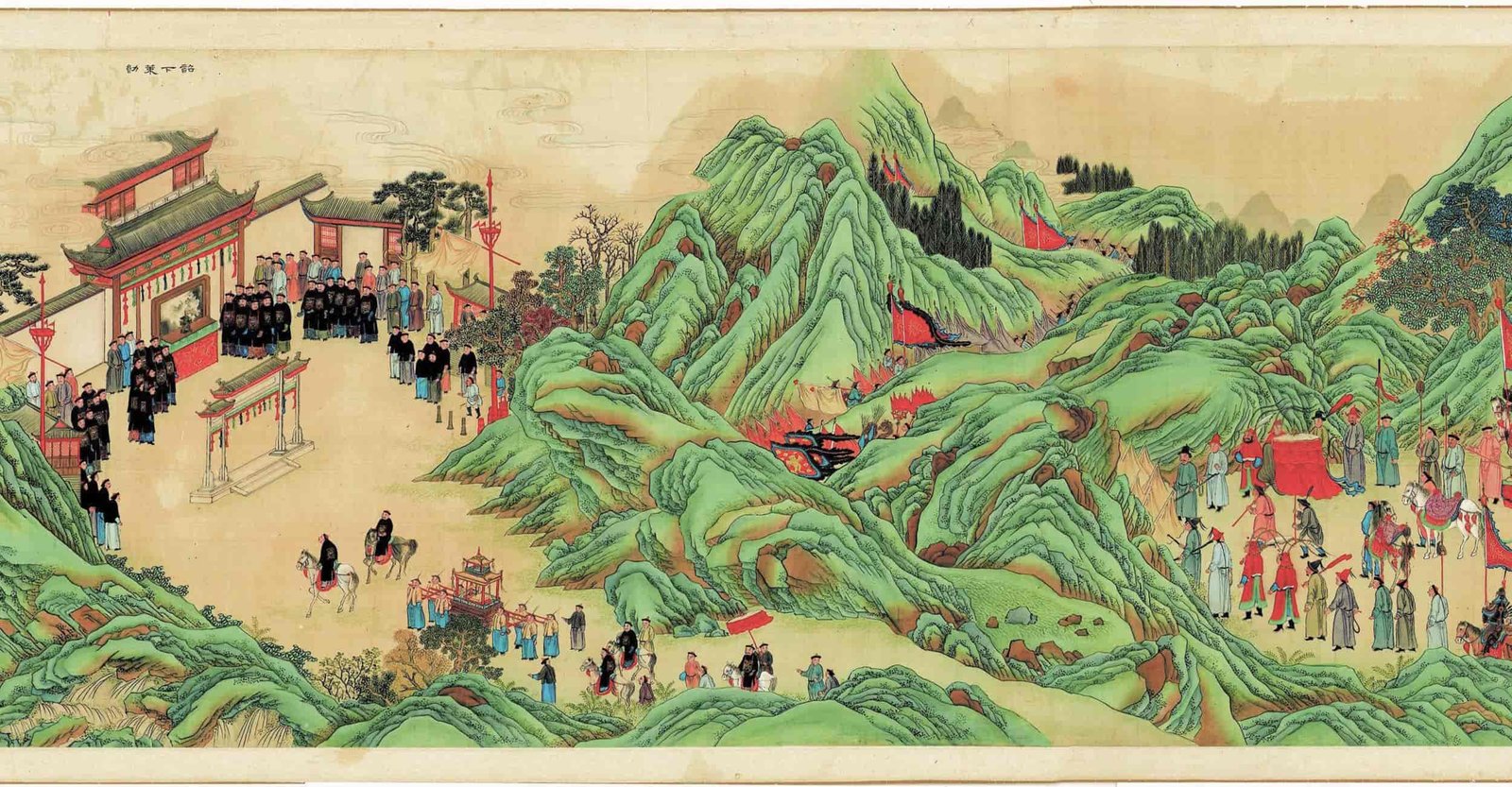
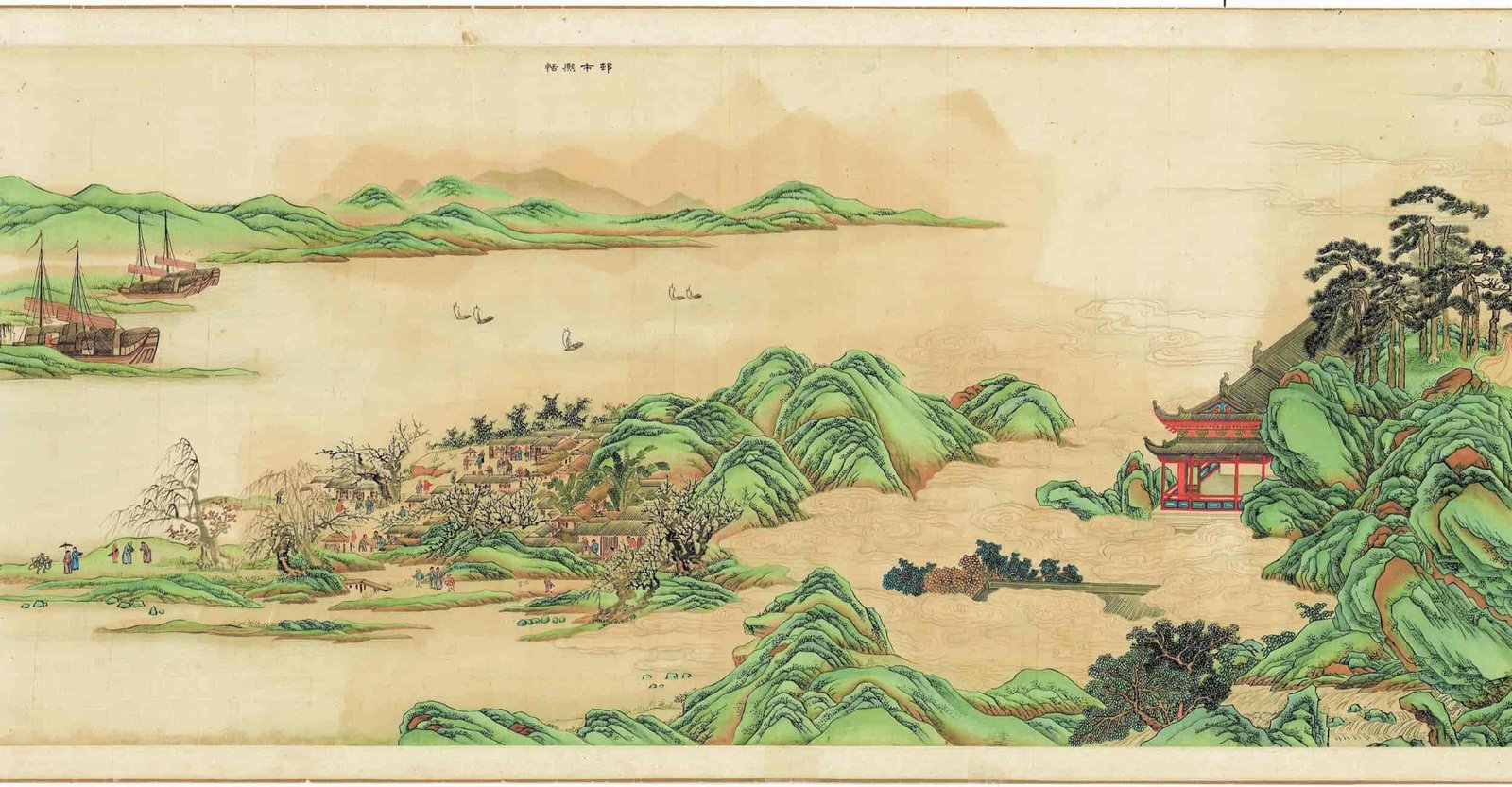
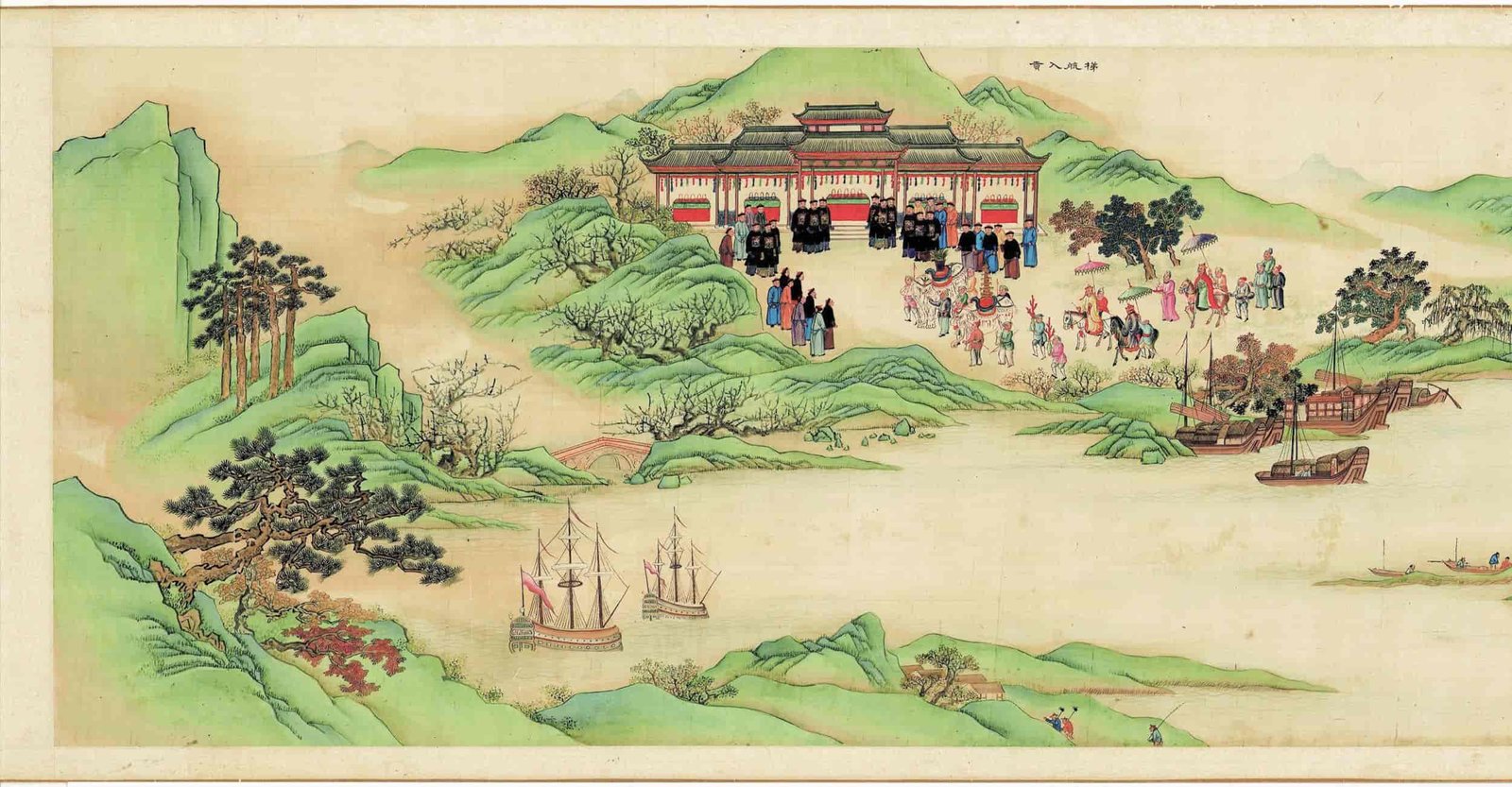
评价
目前还没有评价